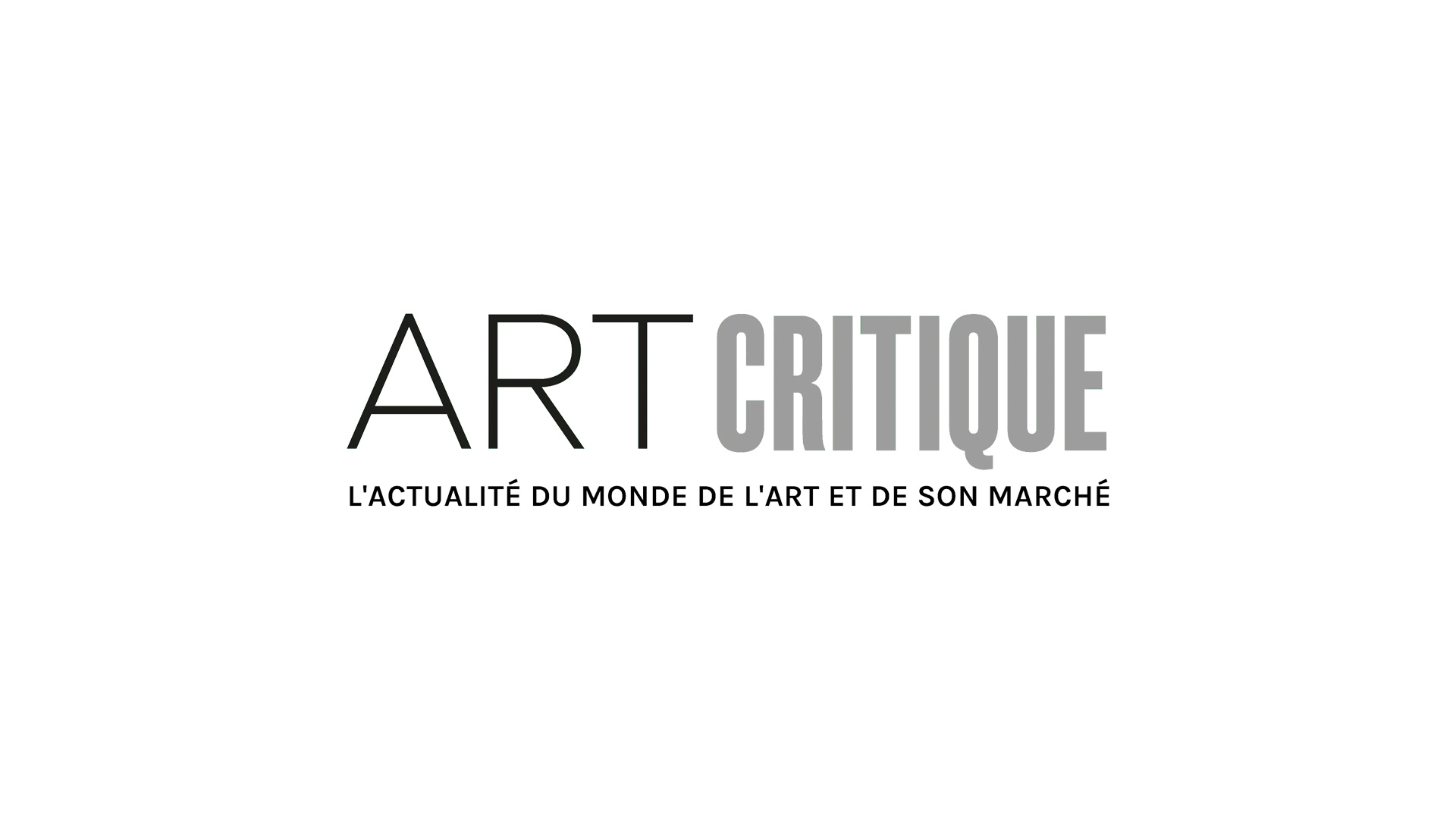As if suddenly appearing from the forest like a mirage, Chambord has been an object of fascination for 500 years. In fact, barely 500 years, since it was in early September 1519 that construction began on the Renaissance’s most lavish princely residence. To mark this anniversary, there is currently a very substantial and inventive exhibition taking place in the castle’s second-floor. The task of curating was conferred to philosopher, Roland Schaer, and “celebrated” architect, Dominique Perrault: needless to say, this isn’t a purely historical and documentary retrospective. The exhibition’s title is also indicative of its unconventionality: “Utopia at Work”. It’s certainly in the unrelenting aspirations of this ideal city, which so marked the European Renaissance and continues to permeate our suffocating post-modernity, that Chambord’s history and destiny is located.
One of the strengths of the exhibition is to expose the fertile earth where the roots of architectural utopia are planted. One might wonder why medieval manuscripts (some of which are very old, like Bamberg’s Boethius) are part of a tribute to Chambord. The reason is that the castle’s designers were driven by Christian notions focused on urban models where all the world’s truth was enclosed within the perimeter of a wall: the heavenly Jerusalem of the Revelation, then Augustine’s City of God, which Étienne Gilson had illuminated for secular future generations. Scholars like Luca Pacioli as well as princes had been swept up in the issue; in France, Charles V was the embodiment of the model of king sapiens architectus, while François 1st, with his Loire Valley palace, appeared at many times to be his successor. Of course, the interaction with humanist Italy decisively influenced the project, as evidenced by the pieces selected, including a sumptuous Quattrocento inlaid chest. But Tuscany is not the only starting point for this exhibition, it also begins with Thomas More and his Island of Utopia.

From one utopia to another, the organizers of the 5th centenary exhibition attempted to involve today’s designers by soliciting proposals from young architects from 18 schools and universities all over the world. Admittedly, the results of this competition are not easy to interpret and require more reading time than most visitors might be willing to invest. Nevertheless, the prospect of “kick-starting utopia” remains fascinating; for many, their version depicted a surviving Chambord, at the heart of a “world after”, bristling with metal and ice mirroring our present-day fears. An entry from Au Cap, reimagines the palace as an African castle. Rome’s Sapienza University duplicates the above-ground Chambord and transports it to a subterranean city. A proposal from Glasgow, combines elements of feminization and re-vegetation. The École Boulle, more pragmatically, presents a castle that is both habitable and inhabited, warming the rooms with figures other than the ever-present royal salamander.
From its medieval rise to its modern decline, is it possible that the actual Chambord, the extraordinary stone structure standing among the trees and waters of an estate that imagined itself “a metonymy of France in heaven” might be forgotten? Certainly not! The heart of the exhibition indeed seeks to explain the evolution of an architectural project whose documentation paradoxically reveals its deficiencies to the same extent that it continues to fascinate. Some exciting architectural sketches by Da Vinci, including three original drawings on loan from the Ambrosian of Milan, pose a question that is unavoidable in 2019 where Da Vinci is everywhere: can this universal genius, who died four months after construction commenced, be considered as one of the project’s mentors? Do the famous royal commissions for Romorantin have any connection, and if so, what, with Chambord’s quadrilateral? The issue will continue to be the subject of passionate debates for a long time to come and may prove impossible to be decided.

François I’s castle’s design, seemingly straightforward but in fact extremely ingenious, borrows from classical French (Saumur, Vincennes) and innovations from America – however the main source of inspiration, the impetus for the fundamental idea of building the structure in the shape of a Greek cross, did not come from a palace but a church, the new Saint-Pierre of Rome, whose construction began a few years before Chambord. The design development certainly changed many times, as illustrated by a relief by Félibien depicting a non-centred, straight staircase. Archeological expeditions have already shed light on certain technical aspects concerning the construction, while the graphic documentation, which must be handled with carefully, have prompted theorists like Androuet of du Cerceau to try to “rectify” the enigmatic Chambord…
Clearly, the appeal of “Utopia at work” rests on an ongoing game of ladders between the Europe represented by More, Da Vinci and Charles V and Sologne, located somewhere between its protracted planning phase and its relatively short execution; somewhere between yesterday and tomorrow. For the visitor, the time spent getting lost in Chambord’s studies, loggias and mirrors proves to be as scholarly as it is fun-filled. Upon finally leaving the castle, after turning back multiple times to savour the almost dreamlike images over and over, visitors will be pleased to have a better understanding of this unique monument without having taken away its aura of mystery.

Chambord 1519-2019 : Utopia at Work –The National Domain of Chambord – until September 1
This article was originally published by Art Critique’s Alain Rauwel in French on August 13th, which can be read here.






